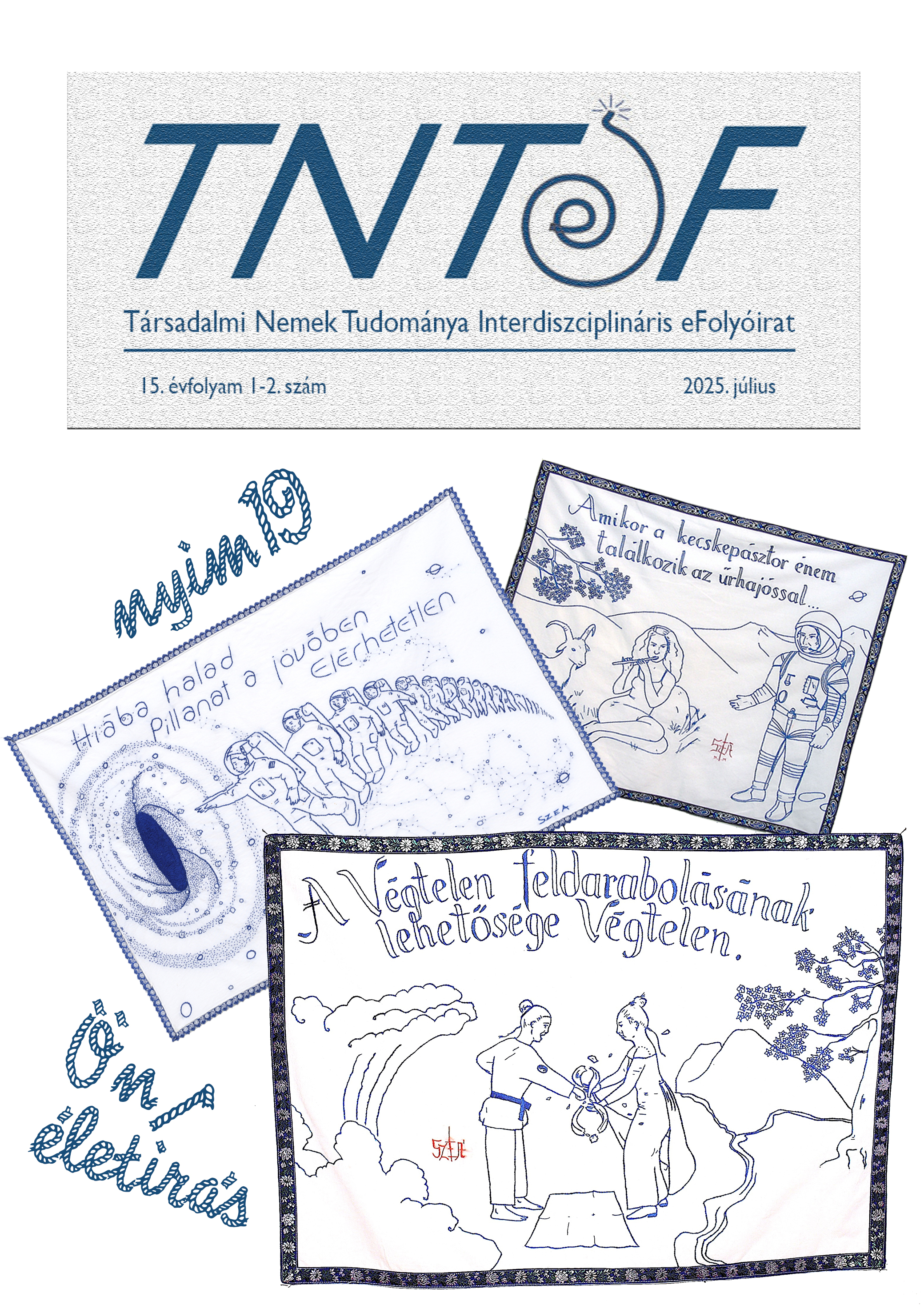A Contemporary Reading of the Autobiography of Saint Teresa of Avila in "I Die for I Die Not: the Double Life of Teresa", Drama by Paco Bezerra
Main Article Content
Abstract
Teresa of Ávila (1515-1582), also called Saint Teresa of Jesus a Spanish nun and founder of the Discalced Carmelite Order of the Holy Cross was the first female religious teacher in the Roman Catholic Church. Saint Teresa's books can be read as a kind of autobiography, although it was only her first, written at the age of 47, that was given the title Autobiography by posterity, a revealing and introspective text. Teresa's literary works have inspired numerous artists from the 16th century to the present day. This includes the Spanish playwright Paco Bezerra (1978), who reimagines the nun in the present era in his play Me muero porque no me muero: la vida doble de Teresa (2022, I Die for I Die Not: the Double Life of Teresa). In order to reconstruct the figure of the saint in dramatic form, the author has drawn the Autobiography of 1565 and transposed it into a work of fiction. After a brief review of the definition of the autobiographical form and some examples from world literature, and then of women's autobiographies in Spanish literature, this paper will examine the work of Saint Teresa of Ávila, its enduring influence, and the possibilities and characteristics of adapting the Autobiography across genres and periods.

